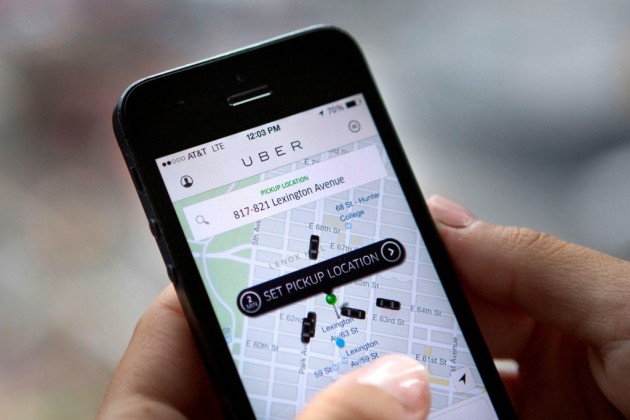Economic disparities between African Americans and their white counterparts continue to increase according to this year’s State of Black America 2006: The Opportunity Compact, a yearly National Urban League report that addresses issues that affect the Black community.
“The State of Black America is the same as the State of America €” it’s in trouble,” said Marc H. Morial, President and CEO of the National Urban League. “I was hoping that after years of fits and starts, we would finally and fully close these great divides that leave so many starved of opportunity.”
Economics, Education, Health, Social Justice and Civic Engagement — the five areas that represent the Morial’s “great divides” and that were used to create the “Equality Index,” is a statistical measurement of disparities or “equality gaps” between blacks and whites. According to the report, the index has remained virtually unchanged, rising to 0.73, up from 0.729 in 2005, with one (1) being the index of white America.
The report revealed that the economic condition of black American is 56 percent that of white Americans, a one percent decline from 2005. “Comparing factors such as income, unemployment, home ownership, business ownership, median net worth and poverty rates, African Americans, despite a rebounding economy, are not progressing economically as anticipated,” a recent press release from the National Urban League stated.
Statistics from the report show that less than 50 percent of black families own houses, compared to over 70 percent of white families that do. This is directly related to blacks experiencing more than twice as many mortgage denials as their white counterparts. The report also found that there is a $42,800 gap in the value of a black home and the value of a white home. Again, this is as a result of lower home improvement financing rates given to African-Americans.
According to the report, “the unemployment rate for blacks is more than twice their white counterparts.” This may be linked to the relatively high concentration of blacks in blue-collar jobs. History has shown that blue collar jobs erode more quickly than do white-collar jobs during economic decline. Consequently, more blacks live below the poverty line than whites.
This economic disparity was evident in the government’s response to Hurricane Rita in Florida and Hurricane Katrina in Louisiana, with New Orleans, being home to a large population of poor black Americans. The slow, almost non-existent response to the victims of Hurricane Katrina exposed the widening chasm between blacks and whites. “We can’t close the great divides in this country in a day just like we can’t end poverty in a night-we’re going to start by speaking truth to power,” said Morial.
Coupled with exposing the issues that plague the black community, The State of Black America 2006 also provides possible solutions, through essays that offer analyses of the situation.



